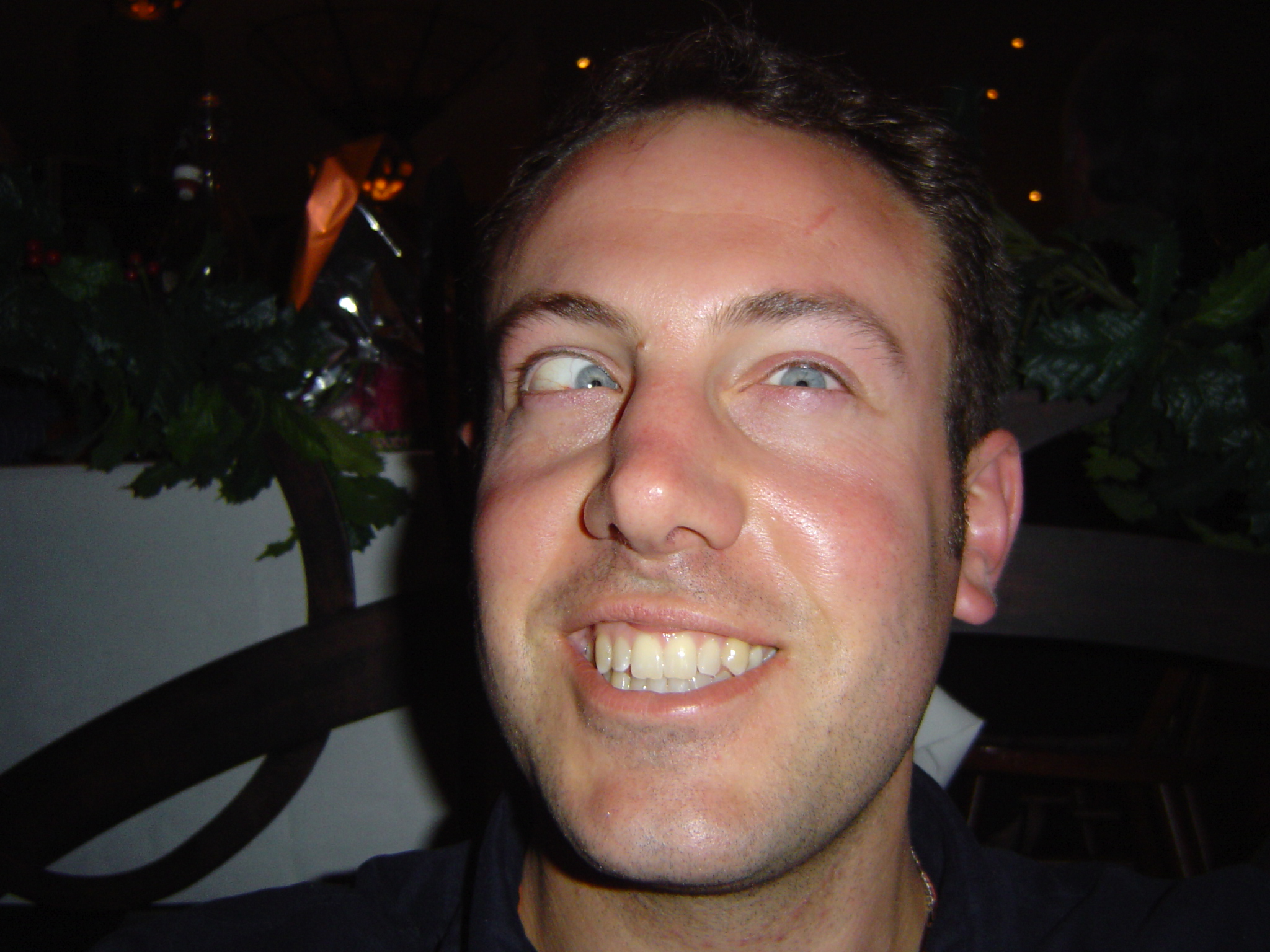Esotropia
Template:DiseaseDisorder infobox
|
WikiDoc Resources for Esotropia |
|
Articles |
|---|
|
Most recent articles on Esotropia |
|
Media |
|
Evidence Based Medicine |
|
Clinical Trials |
|
Ongoing Trials on Esotropia at Clinical Trials.gov Clinical Trials on Esotropia at Google
|
|
Guidelines / Policies / Govt |
|
US National Guidelines Clearinghouse on Esotropia
|
|
Books |
|
News |
|
Commentary |
|
Definitions |
|
Patient Resources / Community |
|
Patient resources on Esotropia Discussion groups on Esotropia Directions to Hospitals Treating Esotropia Risk calculators and risk factors for Esotropia
|
|
Healthcare Provider Resources |
|
Causes & Risk Factors for Esotropia |
|
Continuing Medical Education (CME) |
|
International |
|
|
|
Business |
|
Experimental / Informatics |

Esotropia is a form of strabismus where one or both of the eyes turn inward. Esotropia is often called "lazy eye" in error, as this term correctly refers to amblyopia. People with esotropia have "crossed eyes", and suffer from uncrossed diplopia. The most common type of esotropia occurs in approximately one to two percent of the population. Treatment options include glasses with prism lenses, orthoptics, and/or eye muscle surgery. While eye exercises are often useful for intermittent exotropia, they are less useful for intractable esotropia, as voluntary divergence is difficult to increase.
Accommodative esotropia
Accommodative esotropia is often seen in patients with a moderate to large amount of hyperopia. The hyperope, in an attempt to "accommodate" or focus the eyes, converges the eyes as well, as convergence is associated with activation of the accommodation reflex. This is appropriately treated with hyperopic glasses to reduce accommodative convergence, and can just as effectively be treated with contact lenses.
"Partly accommodative esotropia" is generally treated by glasses or contacts as well as eye muscle surgery.
Left or right eye, or both
In esotropia, the patient often favors one eye. This will result in left esotropia or right esotropia, the directional name referring to the eye that turns. In this case, the turned eye almost always develops some degree of amblyopia. Just as often, the patient alternates between the two eyes, so that at one time, the right eye is fixating and the left eye is turned in, and the next moment, the left eye fixates and the right turns in. This is called alternating esotropia, and in this condition, it is common for neither eye to develop amblyopia, both eyes being capable of 20/20 corrected or uncorrected vision. It never happens, however, that both eyes turn in at the same time, as the patient will not be looking at anything if this happened.
Congenital esotropia
Congenital esotropia, or infantile esotropia, is a variation that occurs very early in life, generally developing within the first three months of an infant's life. Children with congenital esotropia usually cross fixate, meaning that they use either eye to fixate with, and often show preference by fixating with the dominant eye. True congenital esotropia is usually best treated with early surgery (by age one year). Usually any associated amblyopia is treated by patching prior to surgical intervention. Oblique muscle dysfunction often accompanies congenital esotropia, and may require surgical treatment.